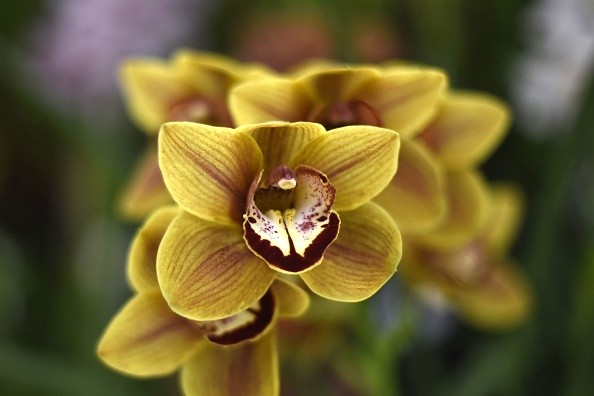James Wong, a botanist, shares some of his stories when it is the time of the year, plant stores appear to be filled up with a lof his favorite old-school Victorian houseplants, which are now thought to be incredibly difficult to grow.
They tend to assume that many cool-climate species appear remarkably exotic, but plants decline soon after they bring them home due to its failure to mess up them with steamy jungle conditions they are convinced plants must require.
Light is best for plant growth

Plants rely on light to produce food, initiate the growing cycle, and ensure healthy development. Most plants would be unable to grow or reproduce in the absence of light, photosynthesis would just not occur in the absence of the absorption of energy from sunlight, and there would be insufficient oxygen to support life.
Also read: Scientists Experiment on How Plants Engineered To Emit Light
Plants in colder environments
Wong believes that knowing that reality is normally the polar opposite is reassuring. With the current energy crisis prompting a lot of people to consider reducing the number of rooms they heat as well as the temperature in every home generally being actually reduced to a decidedly chillier level, a few species could begin to come to their own, as per The Guardian.
In the late 1990s, he first saw Cymbidium orchids as part of the massive displays of seasonal plants which filled plant nurseries in Singapore during Chinese New Year.
Each year, these stores would quadruple in size, with all sorts of unusual, imported species, from 10ft cherry trees in bloom to picture-perfect rice plants sporting full ears of grain and decorated with red silk ribbons, spilling out onto pavements, grass verges, and even adjoining parking lots.
His mind was blown by the sheer size of orchid blooms and their incredible corsage forms. He had no idea it would be nearly impossible for him to survive in the heat of the lowland tropics.
Mostly all citrus plants are the same. Considering the combination of warm temperatures and low light levels in winter, several plants will respond by almost immediately shedding their leaves, which may be extremely difficult to recover from during spring, resulting in a rapid decline.
Light-loving species can tolerate a wide range of temperatures, the combination of warm temperatures increasing their metabolic rate and a lack of light.
Cooler winter temperatures can be beneficial to houseplants in general, as most of them were popularized long before central heating had become the norm.
Taking central heating out of the equation, you get rid of the negative effects it has on plant metabolism as well as the increased humidity something that comes with it.
Artificial light fitted for plants
Light emitting diode (LED) lights are frequently used to promote plant growth. Different wavelengths of light are used by plants to enhance vegetative growth and flowering. LED lights are indeed very efficient and can produce the type of light that plants require, as per Sciencing.
LED manufacturers provide a variety of light colors. LEDs that emit the form of red and blue light that plants use for flowering are available to consumers.
LEDs are not only effective at stimulating plant growth, but they are also very energy-efficient. LEDs, unlike most light bulbs, require very little power to generate light.
Related Article: LED Light Literally Helps This Plant to Grow
© 2024 NatureWorldNews.com All rights reserved. Do not reproduce without permission.

![Climate Change is Reducing Dust Levels Worldwide as Arctic Temperature Warms [Study]](https://1471793142.rsc.cdn77.org/data/thumbs/full/70320/280/157/50/40/climate-change-is-reducing-dust-levels-worldwide-as-arctic-temperature-warms-study.jpg)

![Tsunami Hazard Zones: New US Map Shows Places at Risk of Flooding and Tsunamis Amid Rising Sea Levels [NOAA]](https://1471793142.rsc.cdn77.org/data/thumbs/full/70325/280/157/50/40/tsunami-hazard-zones-new-us-map-shows-places-at-risk-of-flooding-and-tsunamis-amid-rising-sea-levels-noaa.jpg)

